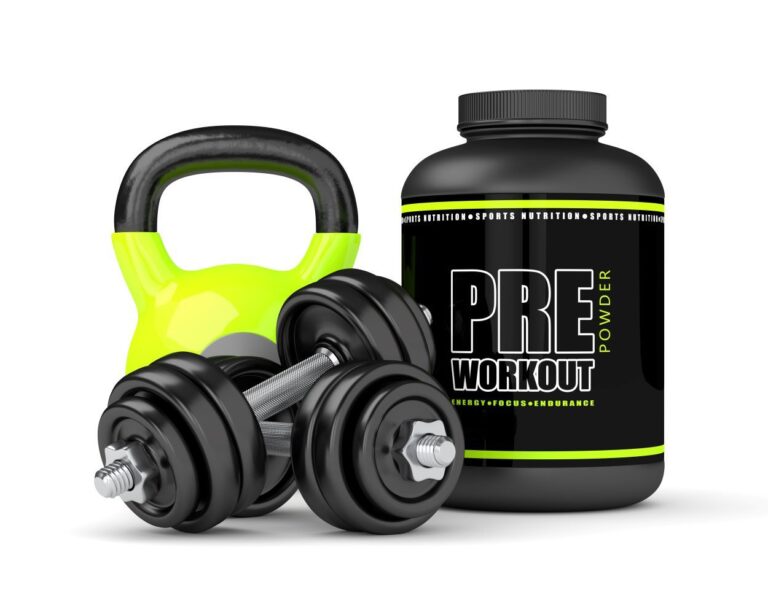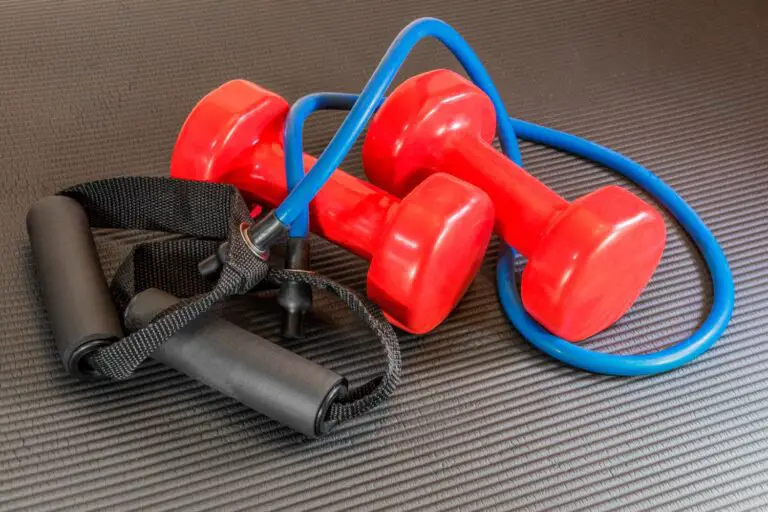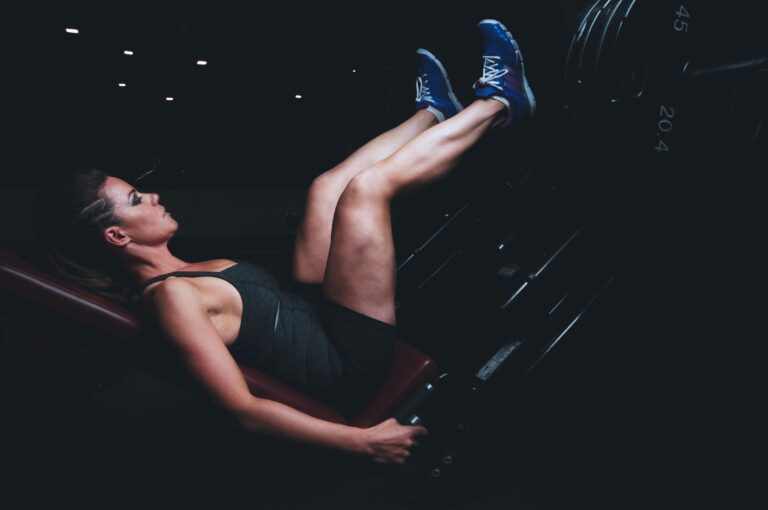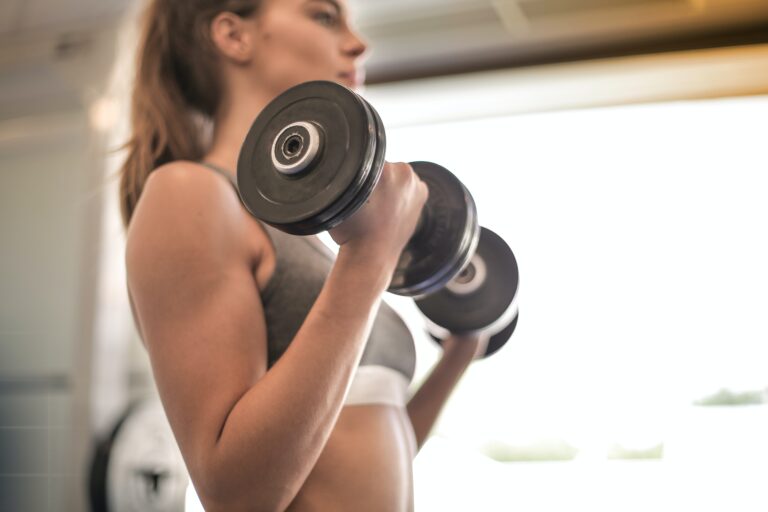Resistance Training
Resistance Training is a cornerstone of physical fitness, offering many benefits, from improved muscle strength to enhanced body composition. This absolute beginner’s guide delves into the intricacies of resistance exercise and its role in promoting health and wellness.
We’ll explore different types of resistance training, such as weightlifting and band workouts, and their respective advantages. Furthermore, we will discuss the principles that govern effective strength training exercises and how the technique can impact your results.
This guide will also cover how to customize your routine based on individual needs and preferences. The mental aspect of strength conditioning is another key area we address – understanding how discipline plays a vital role in achieving fitness goals.
Finally, no discussion about resistance training would be complete without touching upon recovery strategies to optimize muscle development while reducing risk of injury. Join us as we unravel the science behind one of the most potent forms of physical activity.
Table of Contents
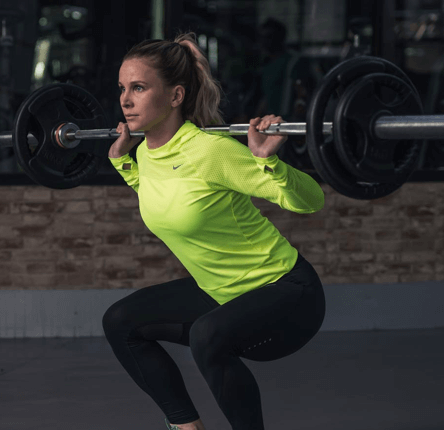
Understanding Resistance Training
Defining Resistance Training
Resistance training, also known as strength or weight training, is all about making your muscles work against resistance. Resistance or strength training can involve using various tools, such as dumbbells, barbells, elastic bands, or body weight. The goal is to challenge and make those muscles grow and get stronger.
Importance of Resistance training
But why does it matter? Resistance workouts have tons of benefits. Building lean muscle mass through resistance exercises can help increase your metabolism, reduce fat, improve posture, and decrease the risk of injury.
Muscle Growth: By damaging your muscles a little during a workout (don’t worry, it’s normal.), your body repairs them and makes them stronger. That’s how you get those gains.
Injury Prevention: Strengthening the muscles around your joints, like your knees or elbows, can protect you from injuries caused by sudden impact or strain.
Better Posture & Balance: Resistance exercises help develop your core muscles, which means better balance and a more upright posture.
But it’s not just about improving physical activity. Regular exercise, including strength training and some form of aerobic activity, like brisk walking, can also do wonders for your mental health. It reduces stress and boosts your mood. So, get those endorphins flowing.
For those with an advanced fitness level, strength training can help you reach your goals while maintaining safety – no matter your skill level. So, stay tuned as we explore different types of strength training, their unique advantages, and how they fit your needs.
"Get fit and strong with resistance training. Build muscle, improve posture, prevent injuries, and boost your mood. Stay tuned for more tips."
Types of Resistance Training
Resistance training is like a buffet of exercise options. Each type has its own benefits, so you can pick and choose what suits you best. Let’s dive into some popular options.
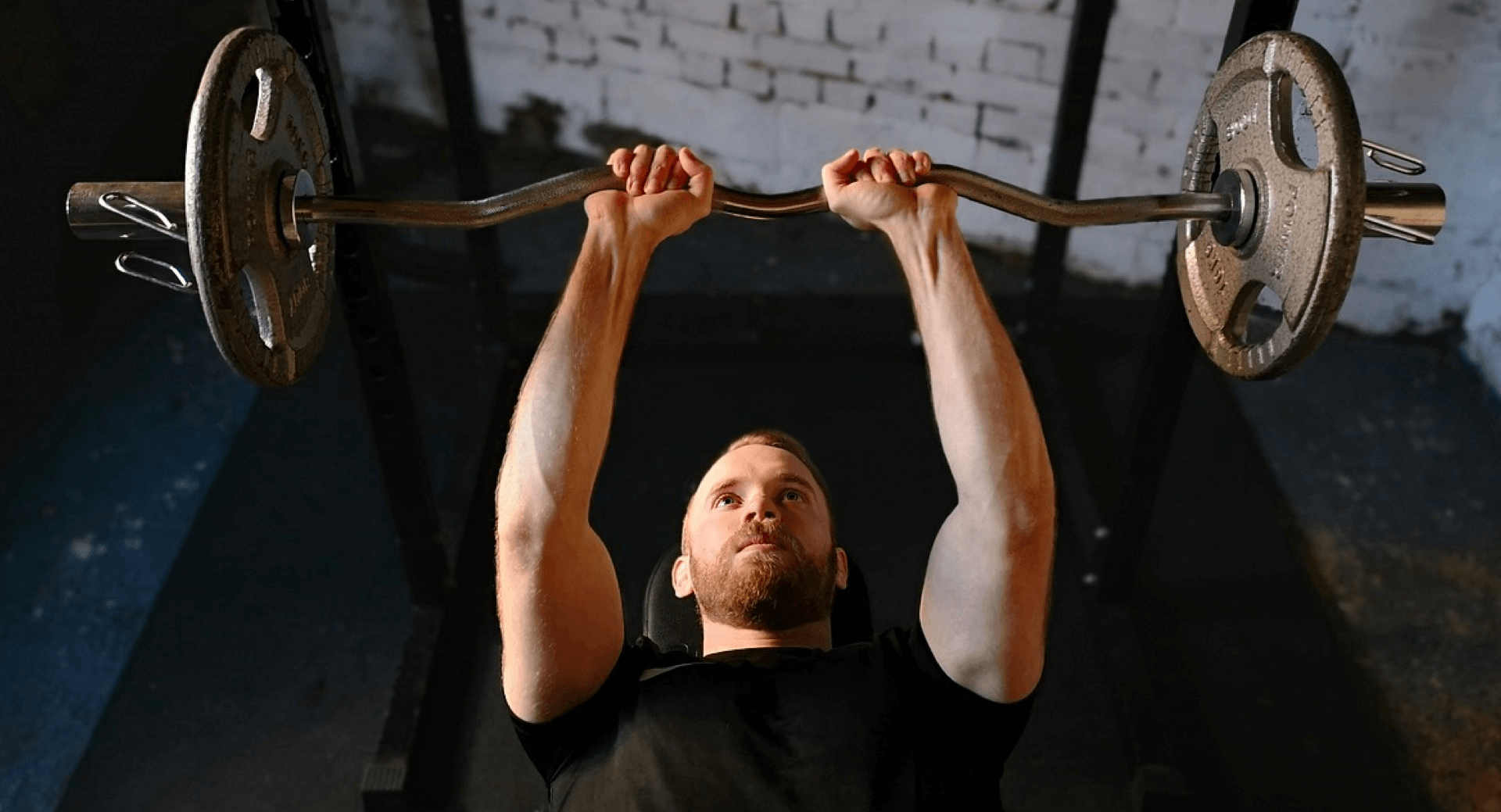
Weightlifting: Pumping iron for gains
Weightlifting, or strength training, is about lifting heavy stuff to build muscle and strengthen. One of the most versatile and accessible tools for strength training is the good ole’ dumbbell. These handheld weights allow you to perform various exercises, targeting different muscle groups. Whether curling those biceps, pressing overhead, or lunging with weights by your sides, dumbbells offer endless possibilities to challenge and strengthen your muscles.
Weight machines might be your jam if you prefer a more structured approach. These machines provide a guided path of motion and often have adjustable weights, making them perfect for beginners or those recovering from injuries. From leg and chest presses to lat pulldowns and leg curls, weight machines offer stability and isolate specific muscle groups for targeted training. Strength training helps you look good, boost your metabolism, strengthen bones, and improve balance.
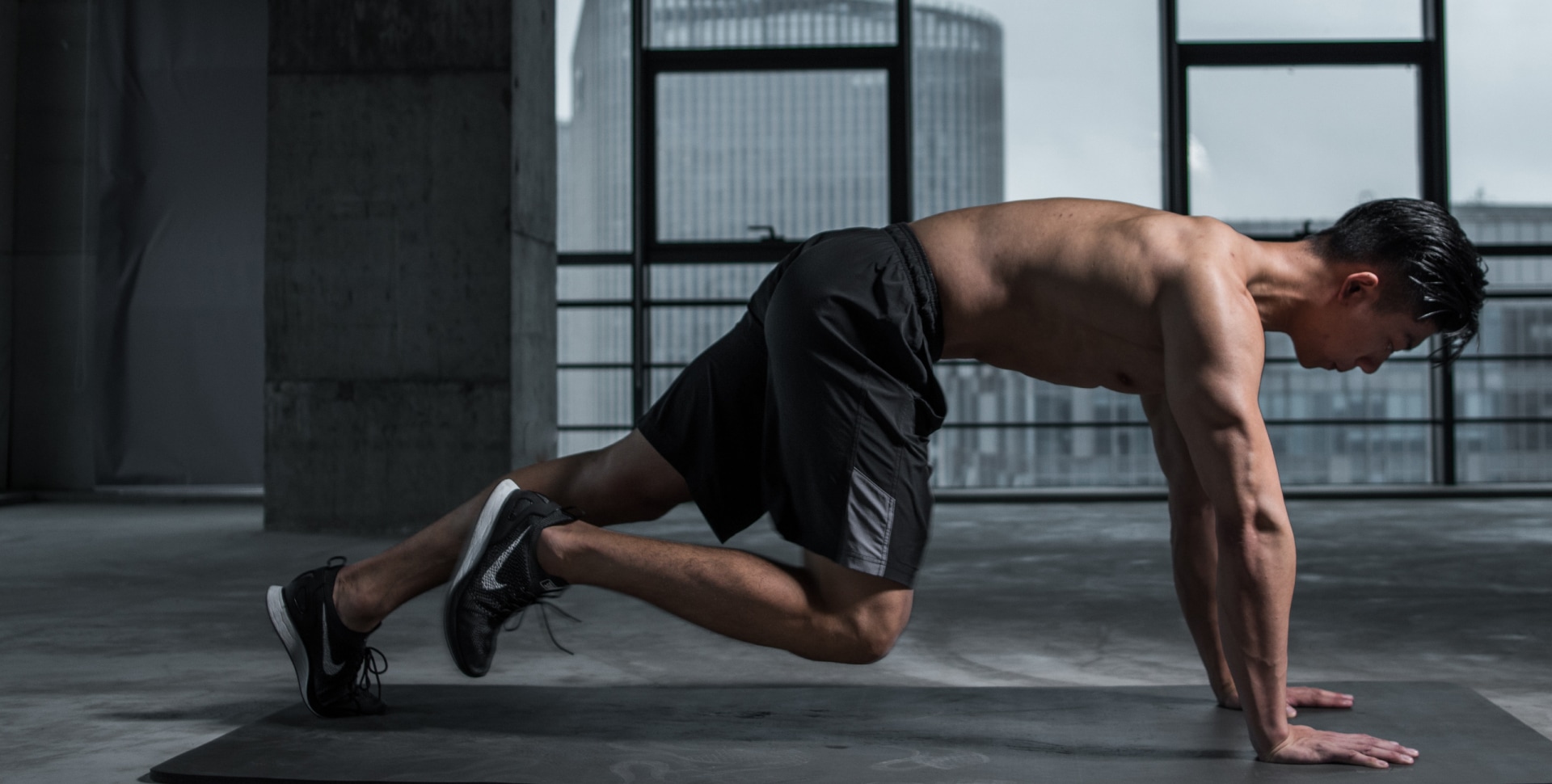
Bodyweight Exercises: No equipment, no problem
If you’re not into fancy equipment or want to save some cash, bodyweight exercises are your go-to. Bodyweight exercises use your own body weight as resistance and are fantastic for building functional strength, enhancing flexibility, and improving body control. Think push-ups, squats, lunges, planks, and burpees—they require no equipment, can be done anywhere, and engage multiple muscle groups simultaneously. Try out exercises such as push-ups, squats, and lunges to target multiple muscles at once without needing a gym. No gym required.

Band Workouts: Stretching your muscles
Band workouts are like the elastic superheroes of strength training. They create tension in your muscles when you stretch them during exercises. These lightweight and portable bands are perfect for home workouts or when you’re on the go. Plus, they offer different levels of difficulty and keep your muscles engaged throughout the movements.
Some Band Workout Examples:
- Dumbbell deadlifts: This full-body move targets glutes, hamstrings, and lower back. It’s a must-have in any strength-training routine.
- Bench press: An upper body staple that works your chest, shoulders, and triceps. Get ready to pump some iron.
- Squats: A lower body powerhouse that engages your quads, glutes, and hamstrings. Time to squat like nobody’s watching.
- Lunges: This unilateral move strengthens your legs and improves your balance and stability. Lunges for the win.
- Pull-ups: A challenging yet rewarding upper body exercise that primarily works your lats and biceps. Get ready to pull your weight.
Key Takeaway: Resistance training offers a variety of options for building strength and muscle. Weightlifting involves lifting heavy weights to improve strength, while bodyweight exercises use your own weight as resistance. Band workouts provide portable and versatile options for stretching and engaging muscles. Some examples of band exercises include dumbbell deadlifts, bench press, squats, lunges, and pull-ups.
Techniques & Principles in Resistance Training
In any exercise, technique is key. This applies to resistance/ strength training too. It maximizes effectiveness and minimizes injury risk. One important technique is time under tension.
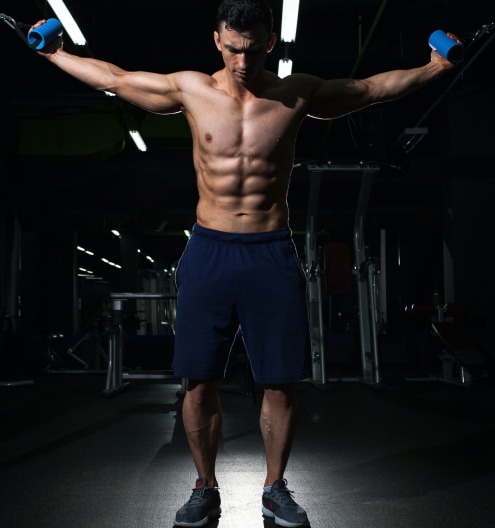
Technique Matters-Time Under Tensions
If you’re not into fancy equipment or want to save some cash, bodyweight exercises are your go-to. Bodyweight exercises use your own body weight as resistance and are fantastic for building functional strength, enhancing flexibility, and improving body control. Think push-ups, squats, lunges, planks, and burpees—they require no equipment, can be done anywhere, and engage multiple muscle groups simultaneously. Try out exercises such as push-ups, squats, and lunges to target multiple muscles at once without needing a gym. No gym required.
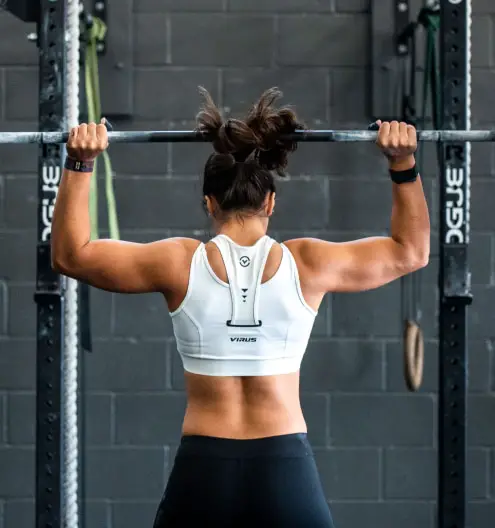
Key Principles Guiding Effective Workouts
Alongside TUT, these principles guide resistance training:
- The Principle of Overload: Increase demands on muscles over time for progress in strength and endurance. Research shows increasing weights or reps does the trick. You can also reduce rest periods or add advanced techniques like drop or super sets to push your boundaries.
- The Principle of Specificity: Practice specific exercises or skills regularly to improve.
- The Principle of Recovery: Allow time for your body to repair and strengthen. Rest days are as important as workout days. This study explains why.
Understanding these principles helps design efficient workout programs tailored to individual goals. They’re integral to the journey towards better health through this form of training. Remember, it’s not just about building bigger muscles; it’s about promoting overall wellness to live longer too.
"Maximize your resistance training results with proper techniques and key principles like time under tension. Build strength, endurance, and overall wellness. #FitnessGoals #ResistanceTraining."
Customizing Your routine Based on individual needs
Strength training exercise doesn’t work for everyone in the same way. We all have different goals and abilities, so our workout plans should be as unique as we are. Whether you want to bulk up, slim down, or stay fit, your routine should be tailored to meet your specific needs.

Incorporating personal preferences into your workouts
First things first, figure out what you actually enjoy doing. Do you like hitting the gym or prefer working out at home? Are you a fan of bodyweight exercises, or do you prefer pumping iron? These preferences will help shape your personalized exercise plan.
- Gym workouts: If you’re a social butterfly with access to fancy equipment, the gym might be your happy place.
- Home workouts: If you value privacy or struggle to find time for the gym, home-based routines using bands or bodyweight exercises could be your jam.
- Type of exercise: Some folks love lifting heavy weights, while others prefer the simplicity of bands. Find what floats your boat and stick with it.

Catering to unique fitness goals through customization
Your fitness goals are like the GPS for your workout routine. If you want to get stronger, your exercises will differ from those aiming to lose fat. Understanding this helps tailor the type of exercise, intensity, and frequency to suit your needs. Here’s a guide to help you align your goals with the right resistance training techniques.
- Muscle Gain: If you want to bulk up, focus on lifting heavier weights with fewer reps (6-12 reps).
- Fat Loss: To shed fat without sacrificing muscle, go for moderate weights and higher reps (15-20 reps).
Remember, a well-crafted personalized program considers your physical capabilities and mental readiness. It’s not just about exercising regularly but doing so intelligently by listening closely to your body’s signals.
Key Takeaway: Resistance training is not a one-size-fits-all approach. Customizing your workout routine based on individual needs and preferences and aligning it with specific fitness goals is key to achieving desired results. It’s important to listen to your body and exercise intelligently for optimal success.
Mental Aspects of Strength and Conditioning
Resistance training not only makes you physically strong, but it also flexes your mental muscles. According to the Canadian Fitness Education Organization CanFitPro, regular exercise, like physiology suggested regular resistance training, can boost your brainpower and lift your mood, kicking anxiety and depression to the curb.

Mental health benefits of regular exercise
Exercise is like a superhero for your mental health. It fights stress by reducing cortisol, the villainous stress hormone. A study published in the Medicine & Science in Sports & Exercise journal found that aerobic activities like brisk walking or cycling can kick depression’s butt.
But wait, there’s more. Strength training pumps up your energy levels by releasing endorphins, those magical “feel-good” chemicals. It’s like a double shot of positivity that improves your sleep quality. Talk about a win-win.

The power of discipline and focus
Achieving fitness goals requires discipline and focus; resistance training is the perfect training ground. As a Los Angeles-based celebrity personal trainer says, consistency is the secret sauce to success. Pushing through even when motivation takes a vacation shows your resilience and determination, both in and out of the gym.
And that’s not all. Resistance exercises demand concentration, ensuring you nail each rep properly. This not only increases your muscle mass but also enhances your mind-muscle connection. It’s like a mental upgrade that spills over into your everyday activities.
Resistance training is about building physical strength and cultivating a powerful mindset. Remember that every repetition is a move towards having both an improved body and mentality.
"Resistance training not only build strong muscles, but also boost brainpower and fights stress. Get fit physically and mentally. #StrengthAndMindset
Optimizing Recovery and Minimizing Injury Risk with Resistance Training
Resistance training: building muscle, minimizing injury risk, and making you feel like a superhero. But wait, there’s more. Let’s talk about optimizing recovery post-workout to keep the gains coming and avoid overstraining.

The importance of post-workout recovery in muscle development
Post-workout recovery: the secret sauce for muscle development and overall fitness progression. When you work out, your muscles experience some wear and tear – but that’s actually beneficial. This damage triggers your body’s repair process, leading to bigger and stronger muscles. Just remember to give your body some love with rest and proper nutrition after workouts.
- Adequate Rest: Your body needs beauty sleep to repair those muscles. Aim for 7-9 hours of shut-eye each night.
- Nutrition: Fuel up with protein-rich foods or supplements within two hours post-exercise to optimize muscle synthesis.

Preventing overtraining through intelligent program design
An intelligent workout program: maximizing results, minimizing injuries, and making you feel like a fitness genius. Here are some strategies to consider:
- Variety: Spice up your routine with different exercises. One day, pump iron; the next, rock those resistance bands.
- Balanced Workouts: Keep things in harmony with push and pull movements and upper and lower body exercises. Avoid imbalances that could lead to injuries.
- Sufficient Rest Days: Give your muscles a break. Schedule rest days to allow for a full recovery. Check out this Mayo Clinic guide on exercise planning for more tips.
To sum it up, resistance training offers a buffet of benefits: strength, body composition, and reduced risk of injury. But don’t forget about post-workout recovery and smart programming. Slow and steady wins the race. Happy exercising.
To sum it up, resistance training offers a buffet of benefits: strength, body composition, and reduced risk of injury. But don’t forget about post-workout recovery and smart programming. Slow and steady wins the race. Happy exercising.
Maximize your gains and minimize injury risk with resistance training. Optimize recovery post-workout for bigger, stronger muscles. #FitnessGoals"
FAQ about Resistance Training
What does resistance training do to your body?
Resistance training stimulates muscle growth, strengthens bones and joints, improves balance and coordination, enhances metabolic rate, and promotes better physical function. Check out this Mayo Clinic article for more information on how this works.
What are 5 benefits of resistance training?
- Increased muscle strength and tone.
- Improved bone density and reduced risk of osteoporosis.
- Enhanced metabolism for better weight management.
- Boosted mood and mental well-being.
- Reduced risk of chronic diseases like heart disease and diabetes.
Why is resistance training so important to our daily lives?
Resistance training is crucial as it helps maintain functional abilities necessary for daily activities like lifting objects or climbing stairs while preventing age-related muscle loss and aids us to live longer. Harvard Health explains the importance here.
What are 4 specific benefits of resistance training?
- Increased muscle mass and definition.
- Improved posture and joint stability.
- Enhanced athletic performance.
- Reduced risk of injury.
Do I need prior experience or be in shape to start resistance training?
No, resistance training suits people of all fitness levels and backgrounds. It’s important to start with appropriate weights and exercises for your current abilities and gradually progress over time. If you’re new to resistance training, consider working with a qualified trainer to learn the proper form and technique.
Can resistance training help with weight loss?
Absolutely! Resistance training helps build lean muscle mass, which increases your metabolism and can aid in weight loss or body composition changes. Combining resistance training with a healthy diet and cardiovascular exercise can also perfect weight loss results.
Conclusion
Conclusion Resistance training is a must for anyone who wants to get fit and fabulous. Mix it up to keep things interesting, whether you’re pumping iron, doing bodyweight exercises, or using resistance bands. Remember, time under tension and progressive overload are the keys to success. And hey, it’s not just about looking good – resistance training also boosts your mental game. Don’t forget to recover and avoid injuries, though. Safety first, people! So let’s get after it!

